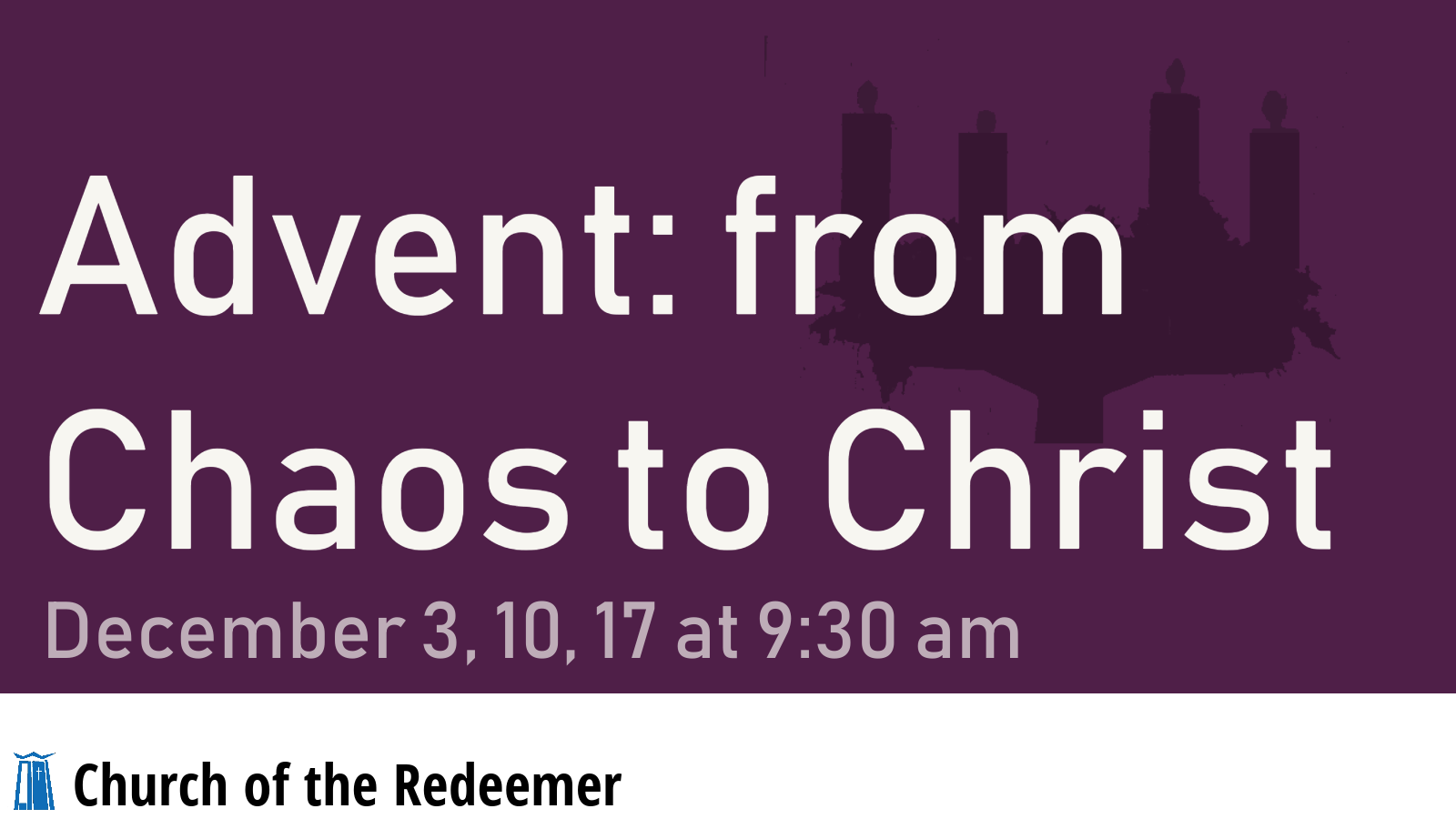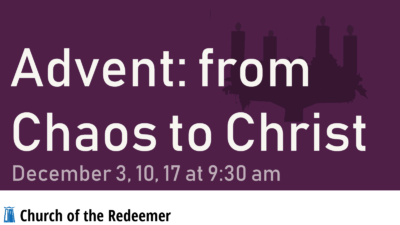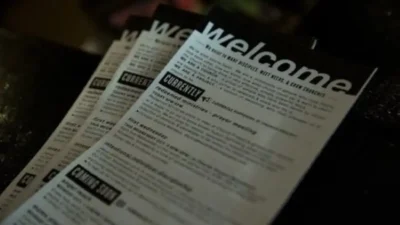Theresa Newell is teaching an intergenerational class on Sundays at 9:30 am called Advent: from Chaos to Christ. These classes are on December 3, 10, and 17, 2023. All are invited to the class, even if you haven’t been to a previous session. The cost is free.
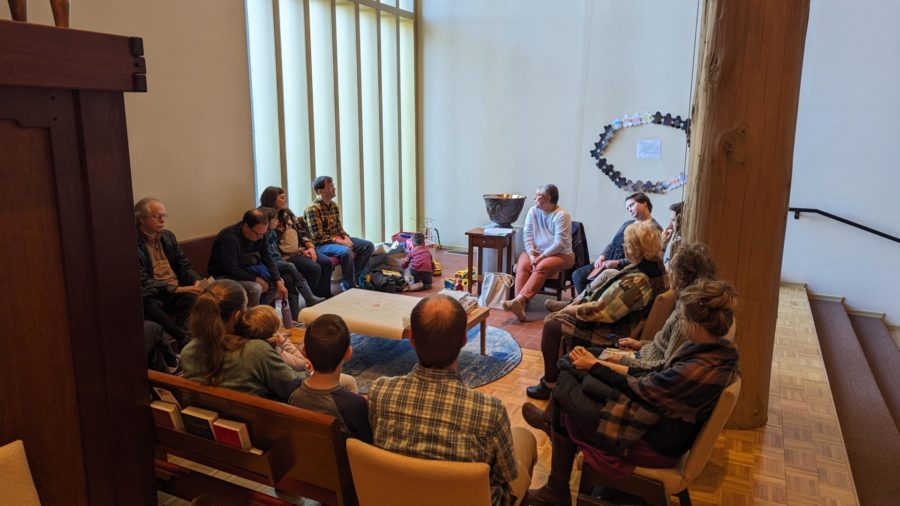
Class handout
This is information from the handout given on December 3. The content comes from “Galilee: The Political Economic World,” Truly Our Sister: A Theology of Mary in the Communion of Saints by Elizabeth A. Johnson
Geography
This describes the geography of the area around Nazareth.
- Northern part of ancient Palestine.
- Very fertile: grain on valley floor; grape vine, olives on hillside slopes.
- Crossed with rugged hills.
- Agriculture
- Weather patterns permit three harvests.
- Especially around Sea of Galilee with a wide variety of fruits; warm.
- Nazareth
- Small village on slope.
- Rock was soft and porous which allowed springs of water, even given altitude.
- Off the beaten path.
- Sepphoris, the Herodian administrative center, is on a ridge to the northwest.
- Only an hour or two walk to Sepphoris, but Nazareth is off the road.
- 300-400 people
Languages
- Romans: Latin.
- Educated, business and ruling class: Greek.
- Jewish: Hebrew.
- In villages: Aramaic (with Galilean accent)
- Note the Aramaic phrases in Bible.
Anthropology
- Houses grouped in family clusters, with each family having 1 or 2 small rooms.
- This is unlike Sepphoris, where there is evidence of free-standing, furnished, single-family homes.
- Single entrance to each family cluster with a door opening to an alleyway.
- No sign of tranches for sewage, which must have been tossed into alleyway (smelly streets).
- Houses:
- Walls of stone and mud
- Doorways framed in wood
- Straw mats or curtains for privacy
- Floors of packed earth
- Thatched roofs: bundles of reeds over beams of wood and packed mud
- Unroofed common area held shared oven, cistern, millstone, wine press, threshing floor, olive press—the “kitchen” for the family cluster. Animals also lived here.
Economy
- Subsistence:
- Grew own food
- Own building
- Own spinning, weaving, sewing
- In Nazareth:
- No marketplace, public buildings, defensive walls, paved road.
- No plaster, mosaic or fresco decorations.
- Nothing imported.
- Two classes with enormous gap between them
- Tekton
- Greek for stonemason, woodworker, cartwright (may also have worked a plot of land.).
- Also a disparaging word among the literate upper class for those of plebeian background.
- Tekton
- Triple tax: possibly more than one-third of income taken—often off the threshing floor. Often not enough left to feed families, which led to mounting debt, downward mobility, and loss of land, Led to climate for rebellion.
- Temple tithe
- Roman emperor
- Jewish client-king.
Political
- Conquered by Roman Empire and occupied around 63 BCE.
- Roman troops stationed in Syria, Caesarea, and Jerusalem, bolstered during holy days.
- Client-kings established and backed up by Roman military.
- Herod the Great (ruled: 37 BCE to 4 BCE)
- Cruel tyrant; brutal
- Love of luxury; built Caesarea dedicated to Caesar Augustus (several other smaller places)
- Expand and rebuild Temple complex
- Building projects paid with increasingly heavy taxes (Sepphoris taken as center to tax countryside)
- After his death in 4 B.C.E.; revolt –put down brutally by Romans: “two thousand” crucified, villages burned, rapes, enslavement (possible burning of Sepphoris); attempt to terrorize Galilee into submission
- Romans divide Herod’s kingdom among his three sons:
- Archelaus received Judea and Samaria.
- Herod Philip the far north.
- Herod Antipas ruler of Peraea and Galilee.
- Herod Antipas (ruled: 4 BCE to 39 CE [deposed by emperor])
- Wanted to become king of all Palestine like his father.
- Building projects:
- Rebuilt Sepphoris and made it his capitol city.
- Also built Tiberias, named after Roman emperor, and other building projects.
- Note that the gospels do not mention Jesus being in Sepphoris or Tiberias—why? (Did Jesus and/or Joseph work there? Visit there?)
- Building leads to greater taxation,
- Now Galilean villages have Roman “puppet” cities in “their own backyard” leading to resentment.
- Pontius Pilate (Governed: 26-36 CE)
- Archelaus (son of Herod the Great) was replaced by direct Roman rule in 6 CE. Rome appointed a prefect (later “procurator”); Pilate was fifth governor.
- Removed in 36 CE for excessive violence
- Brutal and insensitive to Jewish faith; killed many Jews for public protests. Noted for abusive behavior and murder of untried prisoners
- Herod Agrippa I (39 CE succeeded Antipas-44 CE died)
- United Palestine once more like his grandfather.
- Mentioned in Acts as killing James, the brother of John, as part of persecution of Jesus’ disciples
- Herod the Great (ruled: 37 BCE to 4 BCE)
Question to consider
For this particular class of Advent: from Chaos to Christ, we were asked to consider these questions:
- What does it say about God that Jesus was born in such poverty?
- What does this tell us about how we can be Godly people in the world?
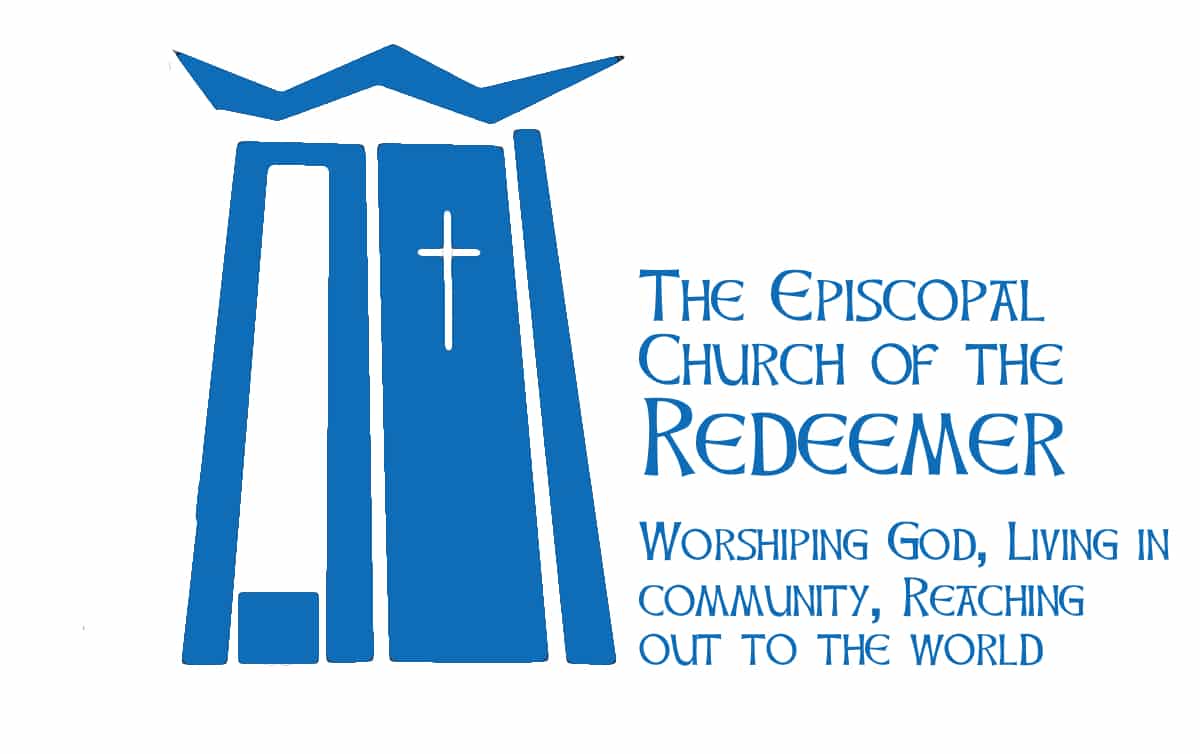
Church of the Redeemer
Church of the Redeemer: Worshiping God, living in community, and reaching out to the world around us. We are an Episcopal Church serving north King County and south Snohomish County, Washington. As you travel your road, go with friends walking the way of Jesus at Redeemer.
Church of the Redeemer is at 6210 Northeast 181st Street in Kenmore, Washington. The campus is a short distance north of Bothell Way, near the Burke-Gilman Trail. The entrance looks like a gravel driveway. The campus is larger on the inside than it is on the outside. And we managed to hide a large building on the side of a hill that is not easily seen from the street.
The Episcopal Church welcomes you.

